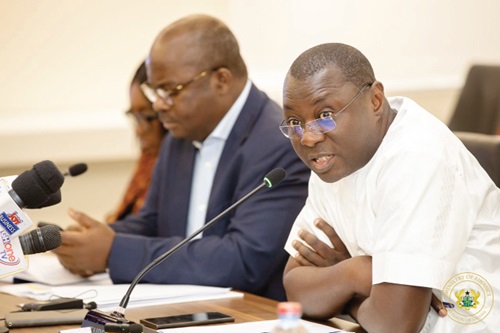The cedi is once again depreciating, just eight days before the International Monetary Fund (IMF) Board is scheduled to review Ghana’s progress.
On the interbank market, the US dollar opened trading between GH¢15.30 and GH¢15.40 GHS on June 19, compared to GH¢15.15 and GH¢15.35 GHS on Friday, June 14. The cedi continues to lose value as the demand for the dollar exceeds supply.
The IMF Executive Board is set to meet on June 28 for the Second Review Under the Extended Credit Facility, according to its published calendar. A successful review by the Board should lead to the disbursement of the third tranche of $360 million, a crucial inflow that the government hopes will help stabilise the cedi.
However, currency analysts are skeptical about the effectiveness of the $360 million in halting the cedi’s depreciation. Kojo Dziwornu Letsa told The Accra Times, “General sentiment in the market is that even when the IMF funds are received, it is perceived that this would not stop the USD/GHS ascent.”
Ghana secured a staff-level agreement for the second review in April this year after an IMF team assessed the country’s performance.
The Second Review was based on key performance indicators, including six Quantitative Performance Criteria, three Indicative Targets, and one Structural Benchmark due at the end of December 2023, along with four Structural Benchmarks due at the end of March 2024.
Next Friday, the IMF Board is also expected to consider the second review and approve it if satisfied with Ghana’s progress.
However, two outstanding issues could derail the Board’s approval: the targets set for the energy and cocoa sectors. The government has had time between the staff review and now to address these shortcomings.
The Board meeting is also contingent on progress made in debt restructuring. While the government has secured an agreement with bilateral creditors, it has yet to secure a deal with commercial creditors.










Discussion about this post